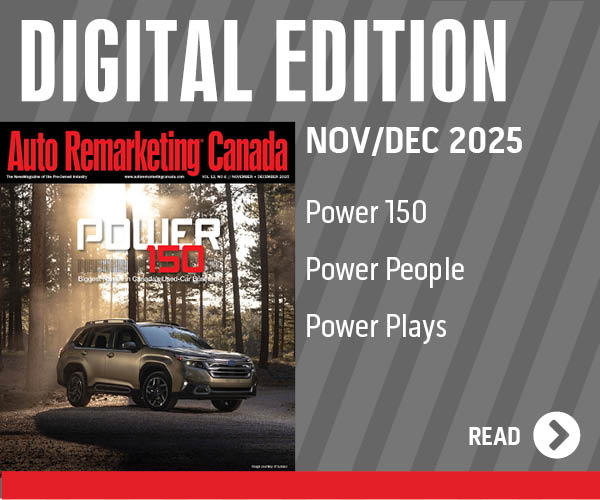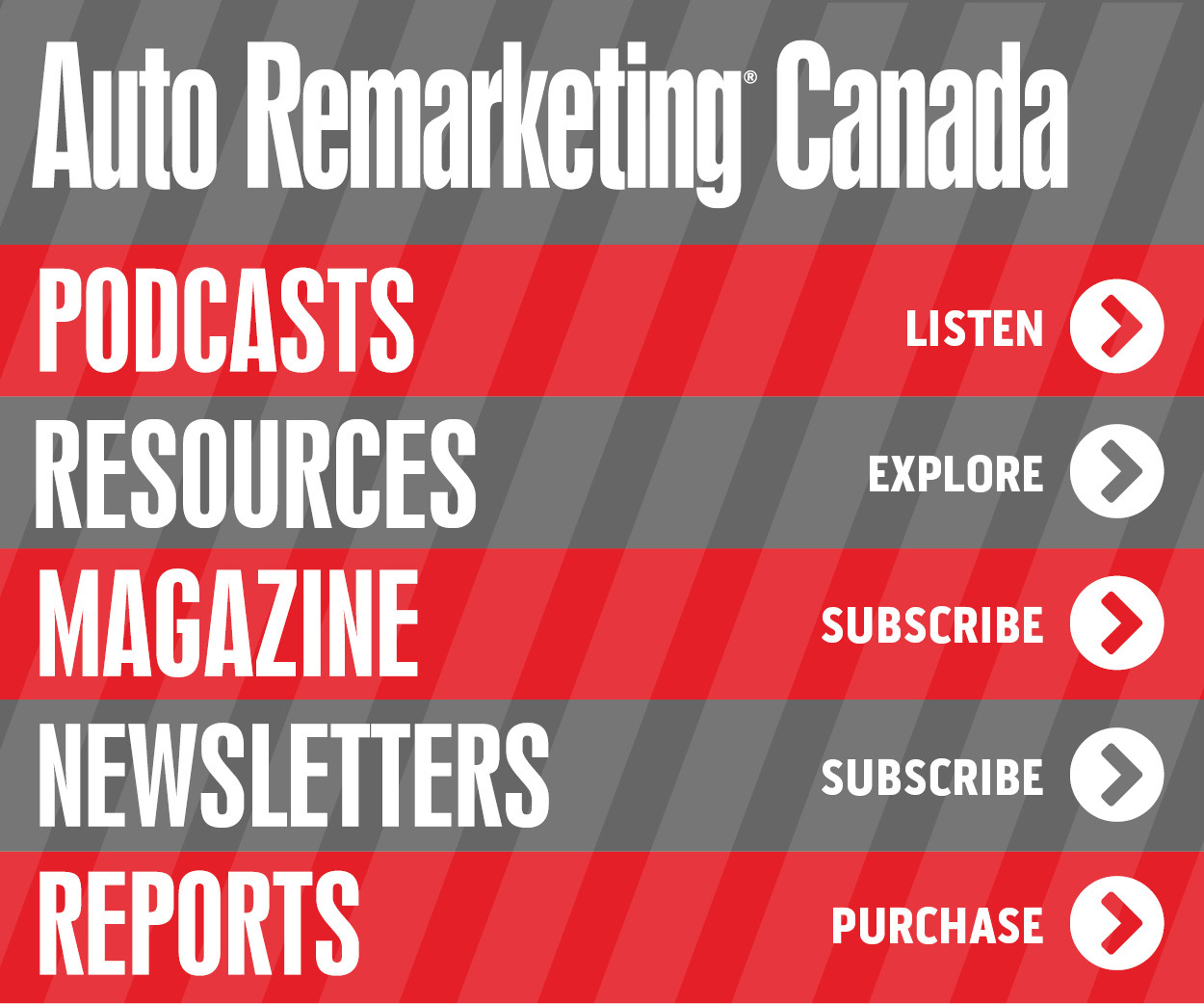6 email marketing tips for auto dealers

By subscribing, you agree to receive communications from Auto Remarketing and our partners in accordance with our Privacy Policy. We may share your information with select partners and sponsors who may contact you about their products and services. You may unsubscribe at any time.
TORONTO –
If done properly, email marketing is more effective than any other marketing channel available. And automotive dealers have the number one ingredient that makes email so effective at driving response — valuable information.
But it’s not enough to just provide information if you want to see real results. You must follow a few key best practices.
1. Build your permission-based list.
Effective email marketing starts with a great list — one garnered from people you know or have met and who have given you permission to send them emails. If you do not have permission from your existing contacts, make a concerted effort to get consent. The new Canada anti-spam law which went into effect in July 2014 requires it. But the issue of permission is more than a legal one — a permission based list produces results. It is better to have a list of 300 contacts who have given consent than a list of 20,000 who have not — the list of 300 will pull well for you. Counterintuitive, but true.
2. Use the right tool.
If you are going to shift your results or effectively begin using email in your marketing toolkit, then you are going to need the right tool. Many people think they could just use their regular email program, such as Outlook, Gmail or whatever. You could; but you would be limiting the success of your email marketing campaigns. What you really need is an email service provider, which is designed for running email campaigns, not sending individual emails.
It will provide you with the ability to track your emails and see who opened them, who forwarded them, which links they clicked on, and whether they share your emails. So start out right with the right tools.
3. Plan your content – but watch regulations.
In your conversations with car shoppers, you get a sense of things that influences their purchasing decisions. For example, a growing family may be looking for a larger vehicle with more safety features, or a recent grad may be challenged with financial restrictions that influence their decision to buy new or used, or to buy or lease a vehicle.
Subscribe to Auto Remarketing to stay informed and stay ahead.
By subscribing, you agree to receive communications from Auto Remarketing and our partners in accordance with our Privacy Policy. We may share your information with select partners and sponsors who may contact you about their products and services. You may unsubscribe at any time.
You can address those needs in the articles and stories you write. But be careful about industry regulations or guidelines with the OEM/parent company you represent. If you cannot talk about specific scenarios, then touch on the concerns they have without offering advice. What is of value to potential clients is what you can do for them, so do what you can to ensure the content of your emails address those issues in some way.
4. Know what action you want your audience to take.
At its core, any marketing is about trying to drive a physical, measurable response. That might be a click, a reply, a call, a purchase, or even a referral – these are responses to your message. So in doing your email marketing campaigns, you need to think through what action you would like people to take.
Obviously you would like them to ultimately make an appointment and purchase a vehicle, but it won’t always happen that way, so think through interim steps in getting to the sale. If you could get someone to download information, for example, top 10 things to watch out for when buying a used vehicle, you could call them and book an appointment, knowing what they are interested in. So plan for the response you want.
5. Check your frequency.
Be careful about the frequency of the emails you send. No one wants to be continually hit with sales pitches, but a newsletter once a month is usually well received. Segment your list. Often dividing your list and sending different messages to different segments is the right way to reach the exact people you are interested in contacting, without over-communicating to your audience.
6. Review the results — analytics provide real sales information.
Email works best over time, but it requires that you look at the analytics on each campaign. From a marketing perspective, use the information to evolve the content, calls-to-action, and layout in subsequent campaigns based on response. But when you put your sales hat on, you can use the same metrics for different reasons; email open rates and frequency of opens are possible indications of level of interest and email clickthroughs show what their needs may be. It might be worth a conversation with them.
Lisa Kember is the regional development director for Constant Contact in Canada East. She and her team teach best practices for engagement marketing using email, social media and online marketing.
Lisa is featured in the latest episode of Pistons & Pixels, the digital marketing Web series for automotive dealers. In this 4-minute episode, Lisa discusses how an effective email marketing program can help dealers target customers, increase their brand awareness and gain a competitive edge. To watch this episode and to learn more, visit www.pistonsandpixels.com.


